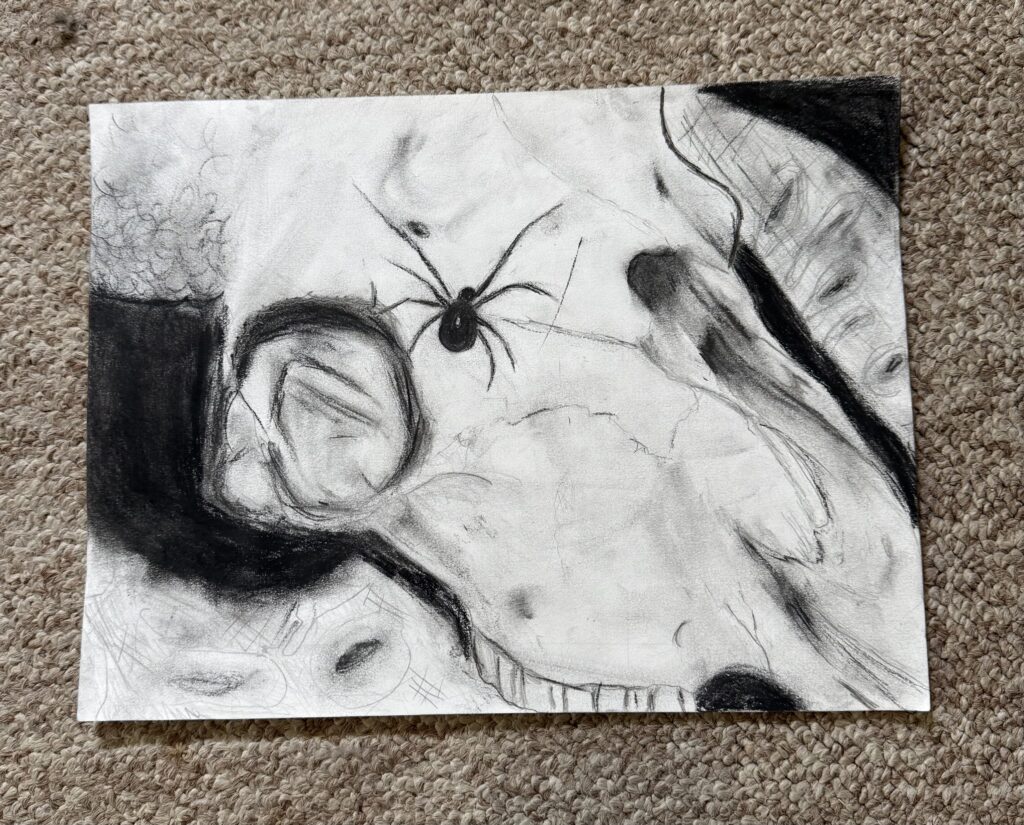
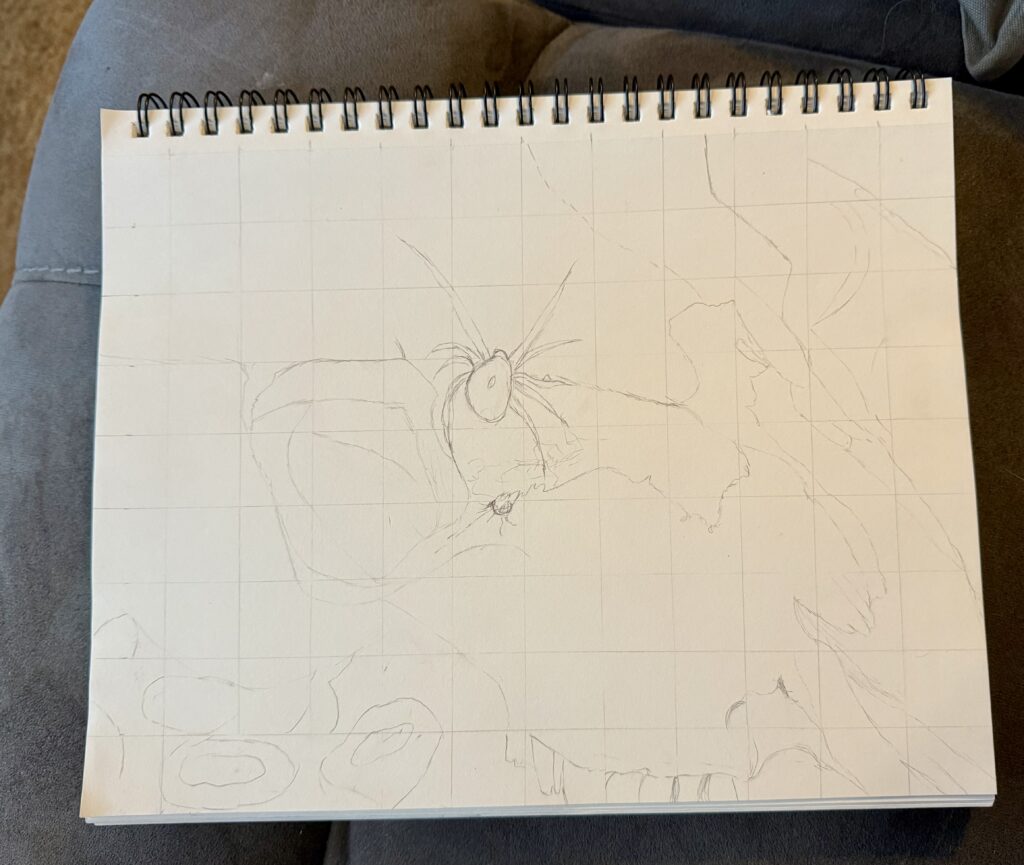
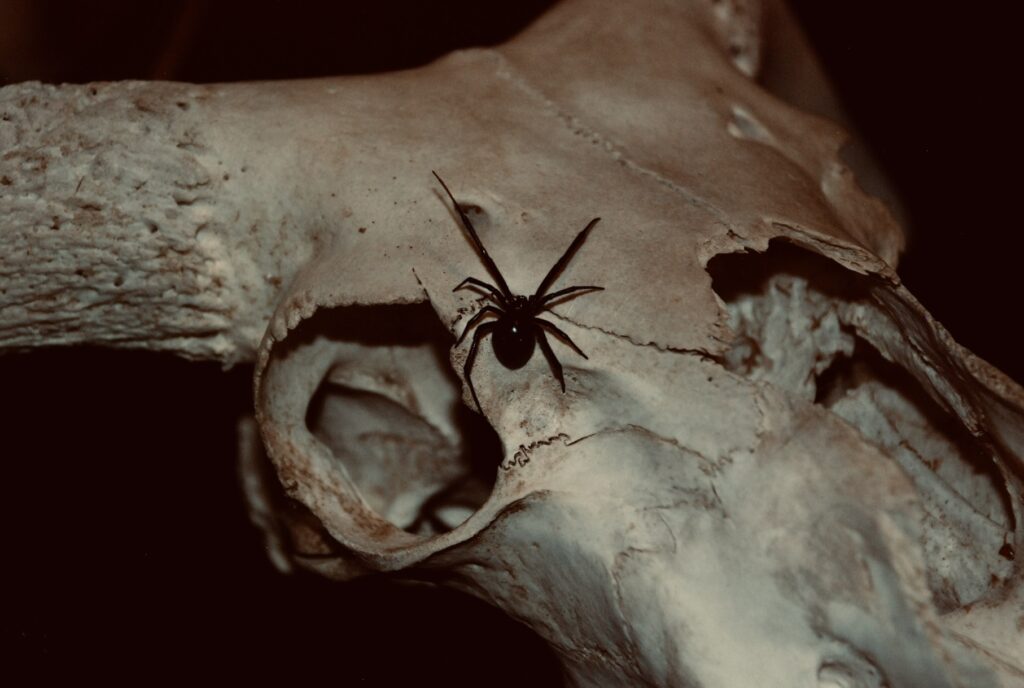
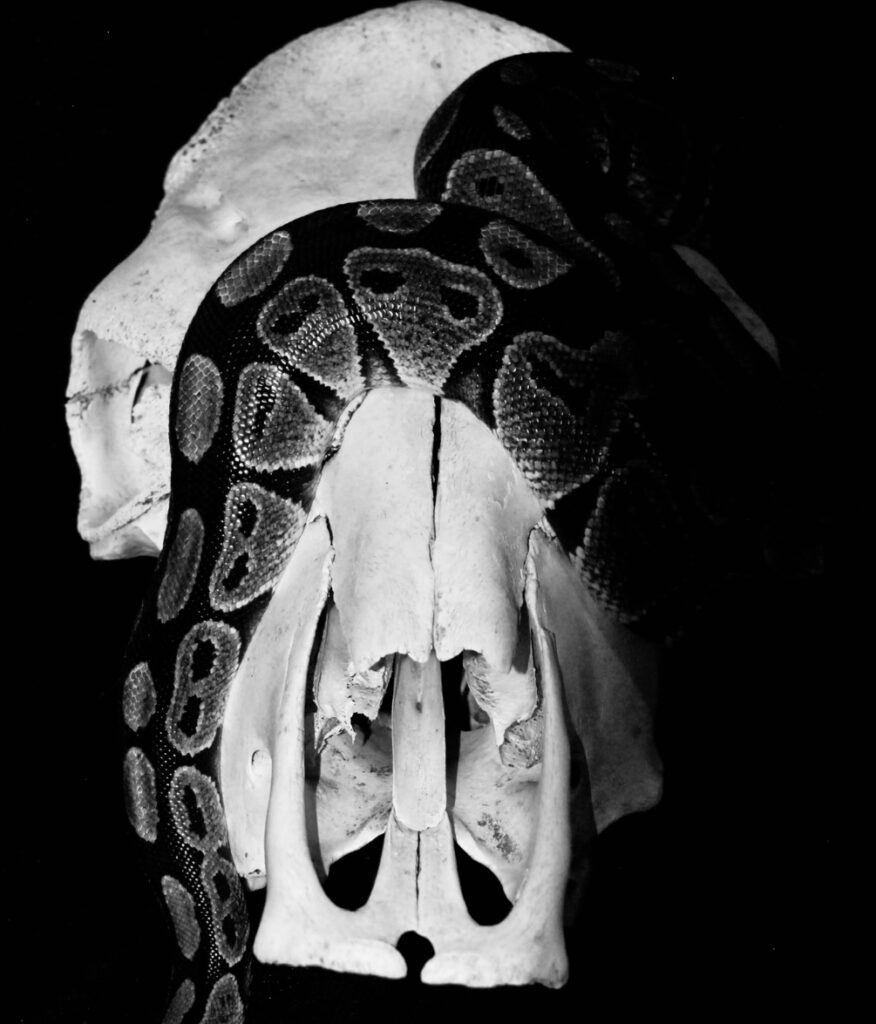




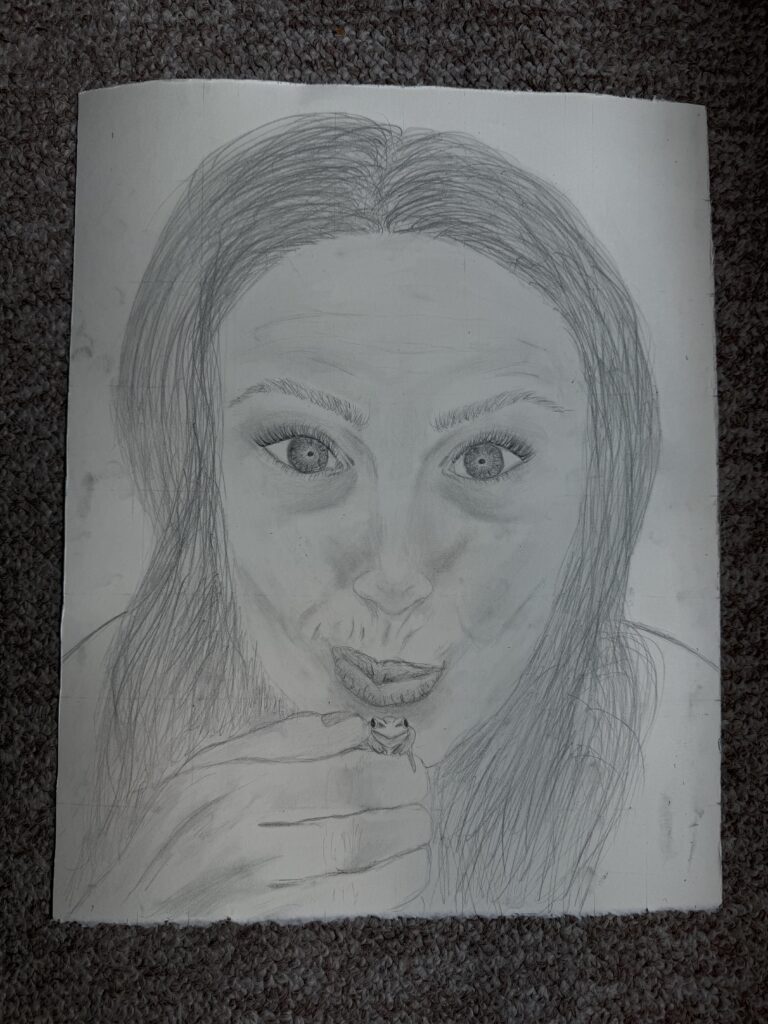
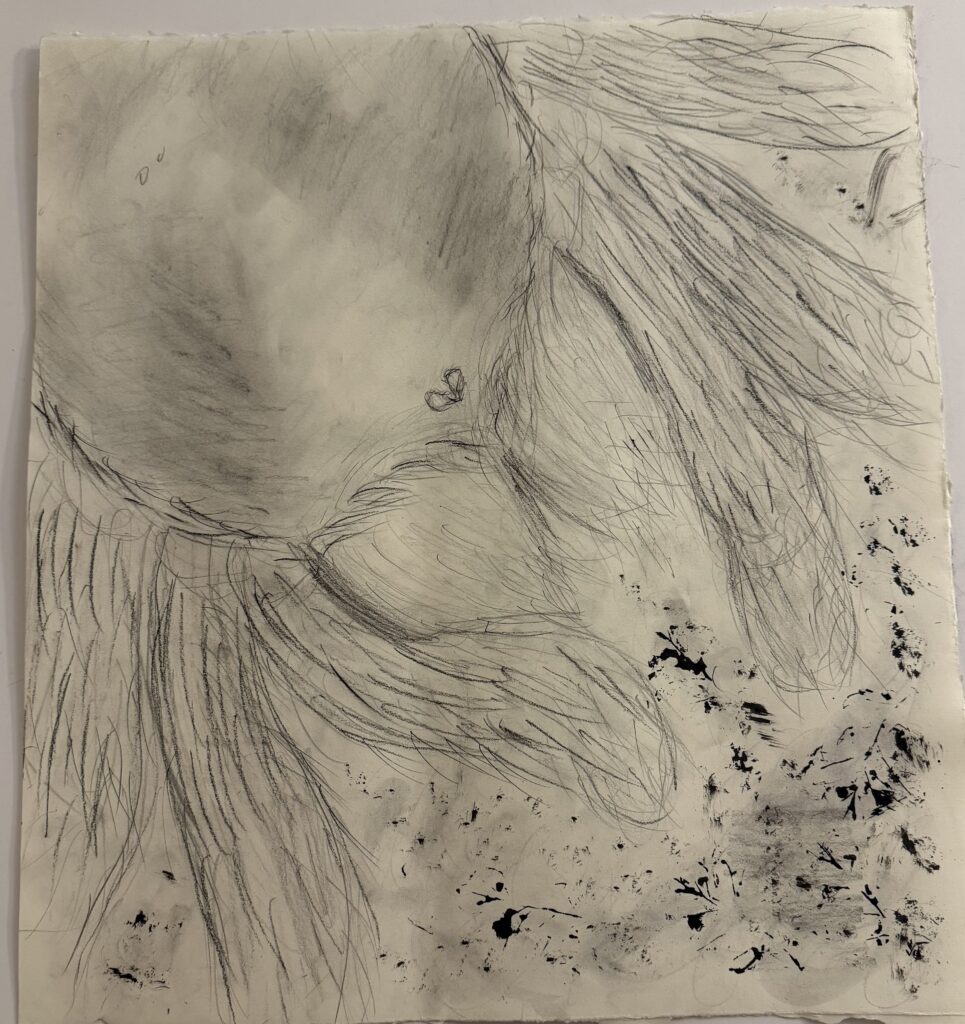
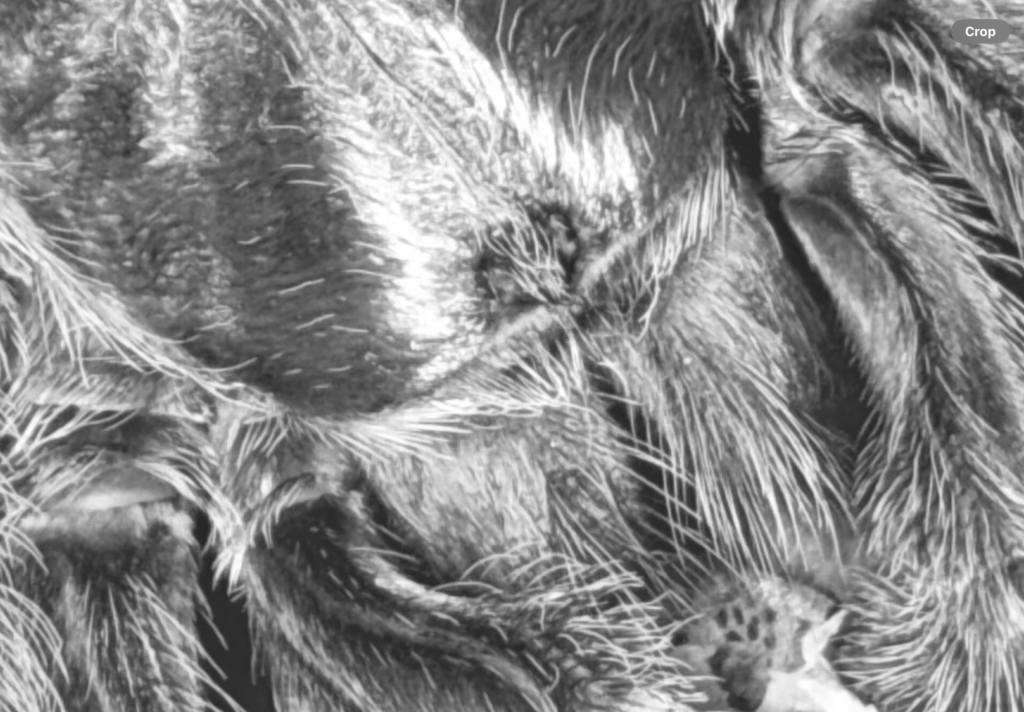
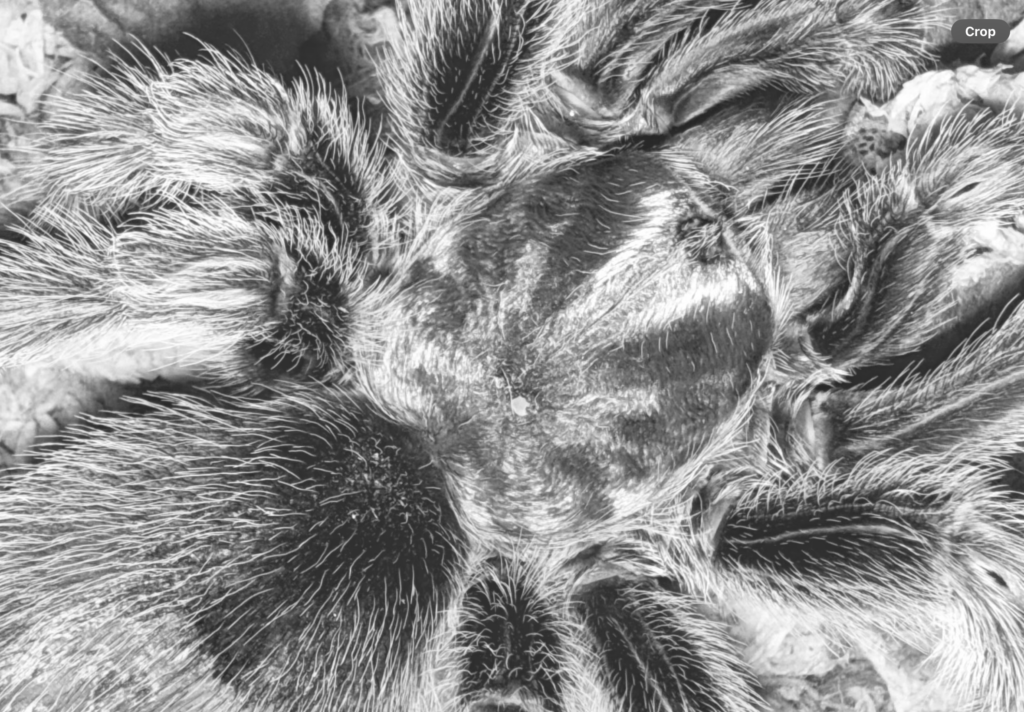
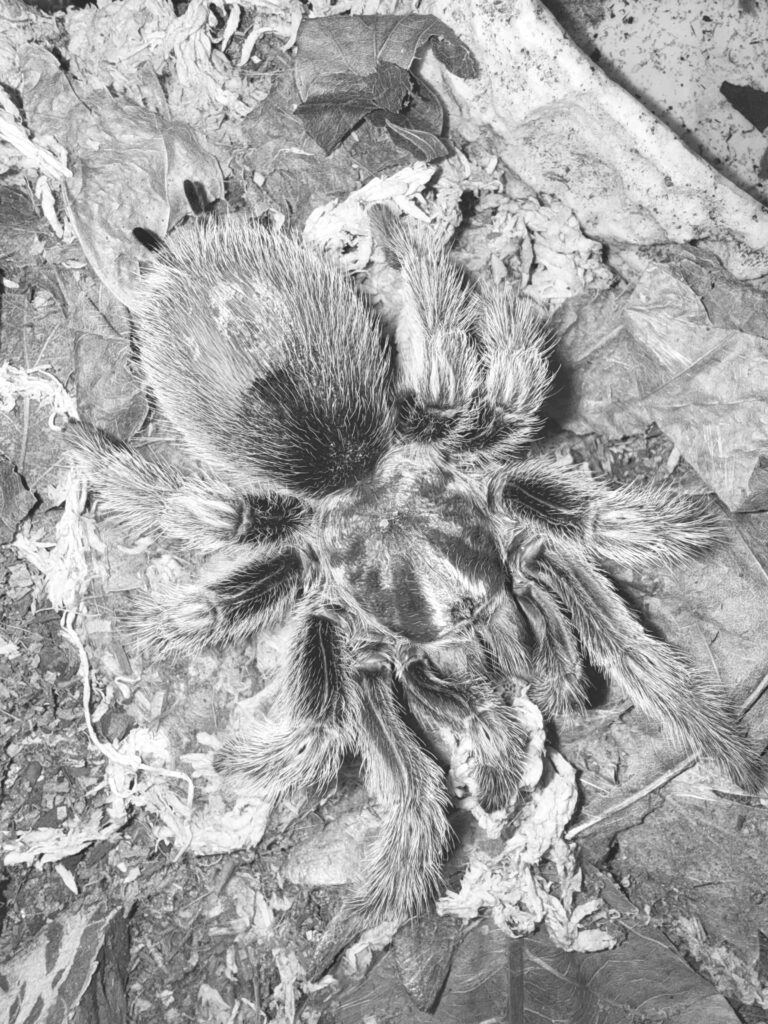
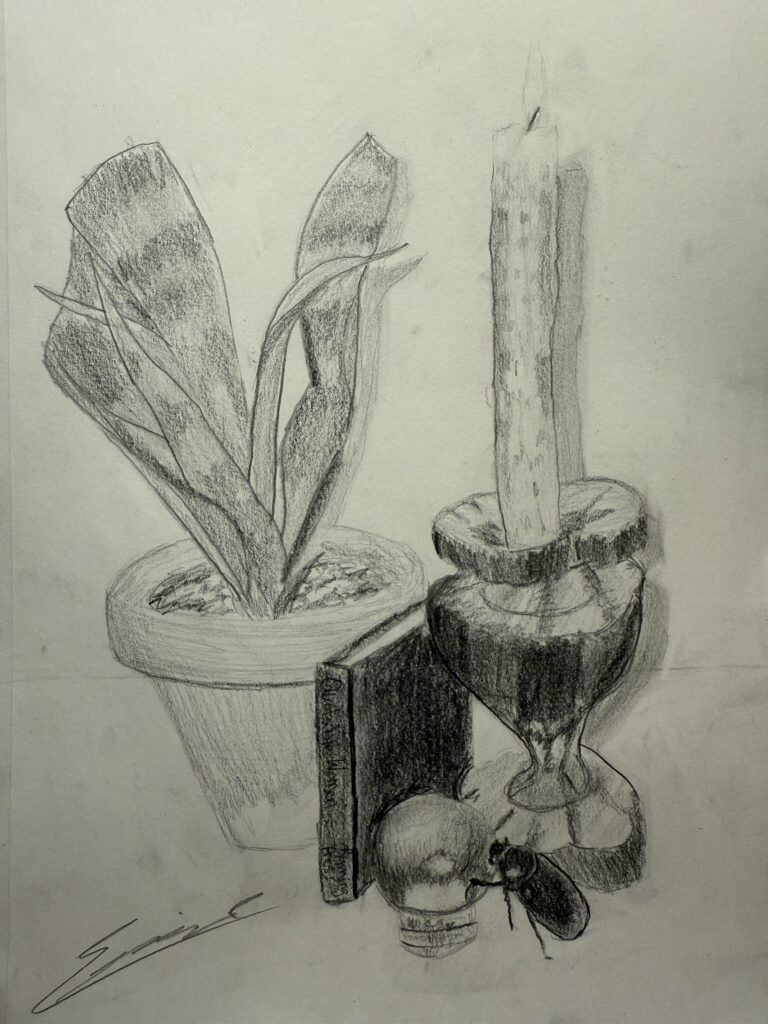
For my final project, I wanted to bring together a bunch of different ideas that I personally find beauty in while other would not. My idea generation method was to word vomit all my thoughts onto as page. At first, I was thinking about how society decides what is ugly and what is beautiful. I remembered a study that showed babies aren’t naturally afraid of snakes and that it’s actually a learned fear. That made me think about how much of what we label as “ugly” or “scary” comes from what we’re taught. From there, my thoughts went to the beauty standards women are held to and how restrictive they are. I also thought about death, and the influence religion has, and how people will sometimes view it as ugly or frightening, but to me I think it can also be very beautiful. That led me to think of Lilith, who is said to be Adam’s first wife in the Garden of Eden. When Adam wanted her to be subservient, she refused, and was cast out of Eden. From there she became Satans wife. I believe that Lilith’s beauty has been demonized because it’s untamed, self-defined, raw, and powerful and it doesn’t exist to please men. All of that led me to the idea of bringing these connections together with symbols. A goat skull for Satan, a snake for Lilith, and a black widow spider to represent powerful women.
My intention with this piece was to mix all of my chaotic thoughts into one and show beauty in things that are often feared or misunderstood. I believe that “beauty” and “ugliness” are also things people fear and misunderstand. At first, I was frustrated because I tried too hard to copy my reference photos exactly, especially the snake. Eventually I let go of trying to make it perfect and instead focused on the emotion and meaning behind what I was drawing. My lines are messy, and my snake in the background might not be very obvious, but I know she’s there, I know what she represents, and I know the thoughts and emotion I put into it. Because of that, I do feel like I reached my goal. My piece might look messy, chaotic, and imperfect, but that’s exactly what makes it beautiful to me. It reflects my thoughts and intentions more than just technical skill.
For this drawing, some of my inspiration actually came from some photographs I had taken for a photography assignment. In a previous class, I photographed my pet black widow on a goat skull, and I also had photos of my pet snake that helped me create this piece. I was also inspired by the artist Diane Victor, because of how much I loved the dark, haunting quality in her work created with smoke. I tried to capture that same haunting feeling by using more charcoal. I rubbed my fingers over the darkest parts of my piece and used it almost like finger paint to spread shadows and create texture throughout the drawing.
This course has definitely helped me grow as an artist and the way i think about beauty and art. At first, I thought my drawings needed to look realistic or perfect in order to be considered good. Now, especially after this final project, I realize that beauty doesn’t have to come from neatness or clarity. For me, it comes from the process itself and from the ideas and emotions built into the work. I’ve realized that what makes my art meaningful is that it reflects my messy and chaotic thoughts, and to me there’s something beautiful in that.
Over this course I’ve grown by learning how to let go of perfection and allow my art to be raw and emotional. At the beginning, I put a lot of pressure on myself to make my drawings exact, but now I feel more confident letting them be “messy.” My art feels more personal now, and I don’t worry as much about whether other people will understand it or think it’s “good.” I see my drawing style as chaotic, but I’ve realized that’s part of what makes it unique and mine. I think differently about drawing now because I see it less as copying something perfectly and more as expressing my own thoughts and emotions through art.
The characteristic I chose for my drawing was my animal-loving side. On my birthday last month, my friends and I went to Sea Cider in Saanich. I was sitting and enjoying my drink when my sister suddenly yelled, “Erin, you have a frog on your head!” I looked in the reflection of my phone, and sure enough, there it was. I was so excited because in my free time, I often spend hours looking for snakes, frogs, and lizards to catch and release, but this time, I didn’t have to do anything to find one. I gently picked him up, and he sat with us for quite a while before hopping away. It felt like the universe knew it was my birthday and sent me a little frog friend as a gift. Before he left, my sister snapped a photo of me giving him a little kiss, and I decided that photo would be perfect for my portrait since my love for animals is one of my favorite characteristics about myself.
One of the most challenging parts of this project was stopping myself from getting too frustrated when I couldn’t get every detail of my face perfect, especially my nose. I reminded myself that my real face isn’t perfect (nobody’s is) and that it was okay if my drawing wasn’t either. I also found it difficult to work on such a large scale, especially with shading. I don’t have much patience for shading because I want it to look good right away, but through my rough draft I realized it’s something that needs to be built up slowly. On a bigger portrait, it took even more patience.
Something I did feel really proud of was my eyes. I have a unique eye shape, and they’re a little different from each other. They’re also hooded, but not in the same way most people’s are. I think I did a great job showing the shape and creases of my eyes, and that part of the drawing felt like a real success.
What I appreciate most about both Anita Taylor and Wangechi Mutu’s is their feminist perspective on self-portraits. Wangechi Mutu’s Intersectional approach made me reflect on my own identity as a white woman living on stolen Indigenous lands. It reminded me of the privilege I carry and the responsibility that comes with it, to acknowledge the history of the land I’m on, to question the systems that benefit me, and to be mindful of how I represent myself and others in my work. What I like about Anita Taylor is how she talks about her work being about “looking” and “not looking” at oneself, one’s place in time, one’s history, and one’s present, and thinking about it in a collective context. For me, that idea really helped in my drawing. It took away some of the pressure to copy my face exactly, because I could also draw from the perspective of when I wasn’t looking and how I see myself in moments when I’m not focused on my reflection.
What drew me to want to sketch my Rose Hair tarantula was the variety of textures on her exoskeleton. I know we were supposed to use a dead bug, but since she barely moves, she was perfect to draw from observation. I was especially drawn to the fluffy texture of her legs and the soft, velvety look of her cephalothorax. I chose the angle I did because it was close-up enough to highlight the different textures I wanted to focus on.
One of the most challenging parts of this project was working with such a large piece of drawing paper. It was tough to get the darker shading right across that much space. But I think a success I had was showing the different textures in her exoskeleton accurately. I had a lot of fun adding in the heart-shaped urticating hairs on her legs and her chelicerae, which are the parts her fangs are attached to
My favorite featured artist was Do Ho Suh, who inspired me to use leaves and moss from my tarantula’s enclosure as materials to create the background. I was really drawn to how he rubbed over different textures in his apartment to reveal the layers of the space, and that gave me the idea to stamp broken leaf textures into my background using ink. I also used the moss to try out his rubbing technique by pressing and rubbing it on the cephalothorax to create a softer, velvety texture. I was also inspired by Cai Guo-Qiang to go beyond using just pencil and ink. So, I used the moss like a sponge to press ink into the background and add more texture. I loved that I didn’t just draw my tarantula and brought in natural parts of her environment to help create the piece.
Honestly, I think adults can learn just as much about drawing from young learners as children can from adults. Kids don’t worry about perfection and focus more on the sensory experience of drawing. Drawing is a form of art, and art isn’t about being perfect. It’s about the process, the creativity behind it, and the expression that comes through it. Especially with young learners, I think it’s important to encourage exploration of textures, shapes, and emotions rather than focusing on drawing something “accurately.” It’s more about discovery and connection than it is about precision.
The objects I chose to represent something about myself are a snake plant, a beeswax candle in a wooden holder, a tiny book called Quotable Women, a crystal ball, and a giant dead beetle that I named Beeble.
I included the beeswax candle and wooden candlestick because, no matter how awful I feel, candles have always been a source of comfort. As a little girl, I used to hope for power outages during storms just so we could light the whole house with candles. I was raised by my grandma in my early years, and I’ve never met anyone with more or bigger candles than she had. She used to let me play with the wax, light things on fire, and just be a kid. As an adult, candles still bring me peace. The second it gets dark, I light every candle in the room, put on cozy classical music, and read whatever book I’m enjoying in that moment.
The Quotable Women book reflects how passionate I am about women’s rights. I grew up in the Mormon church and had a lot of negative experiences with misogyny. One of my favorite quotes from the book that really speaks to that experience is: “In passing, also, I would like to say that the first time Adam had a chance he laid blame on the woman.” Nancy Astor (1897 to 1964).
The crystal ball represents my spiritual side. I don’t believe there’s any way to know what happens when we die, so I’ve decided to believe in the things that feel right and bring joy. I like to think everything has a spirit: trees, animals, rivers, and even rocks and crystals. There may not be scientific proof, but I’ve realized I don’t need that. If I believe it, that makes it real to me, and that’s good enough.
I chose the snake plant simply because I couldn’t use my giant snake for a still life drawing. So instead, the plant represents my beloved ball python. And finally, I chose “Beeble“, my giant dead beetle, because he represents the many strange little things that make me who I am. My fiancé gave him to me while we were on a field study in Panama. He could have picked me flowers, but he knew I’d be much more excited about a dead beetle. I’ve always loved the unloved things: bugs, snakes, mud, and I’d even choose rain over sunshine.
Drawing has never been something I’ve felt naturally confident in, so I found this assignment quite challenging. I really enjoyed creating the outline and found the process of drawing the lines surprisingly satisfying, but I struggled with the shading. I kept smudging parts of the drawing by accident, and I often forgot to be mindful of the type of texture I was trying to create. Sometimes I would shade in a way that didn’t match the object, and it was hard to fix once it became too dark. Next time, I think I would choose objects that aren’t quite as dark, just to make the shading process more manageable. I also found drawing from direct observation more difficult than expected. Translating colour into black and grey forced me to think more carefully about value. I had to spend time figuring out how light or dark a colour would look in grayscale, which made the whole process more complex than I thought it would be.
I really appreciated Diane Victor’s work and the process behind her smoke drawings. There’s something so haunting and beautiful about the way the smoke creates a ghost-like effect. I find it fascinating how she uses something as fleeting as smoke, something that usually disappears in seconds and turns it into a permanent piece of art. I also really connected with the way she talks about the fragility of smoke as a medium and how that reflects the fragile nature of the subject matter in her work. The idea of capturing something so delicate and making it last feels really powerful.
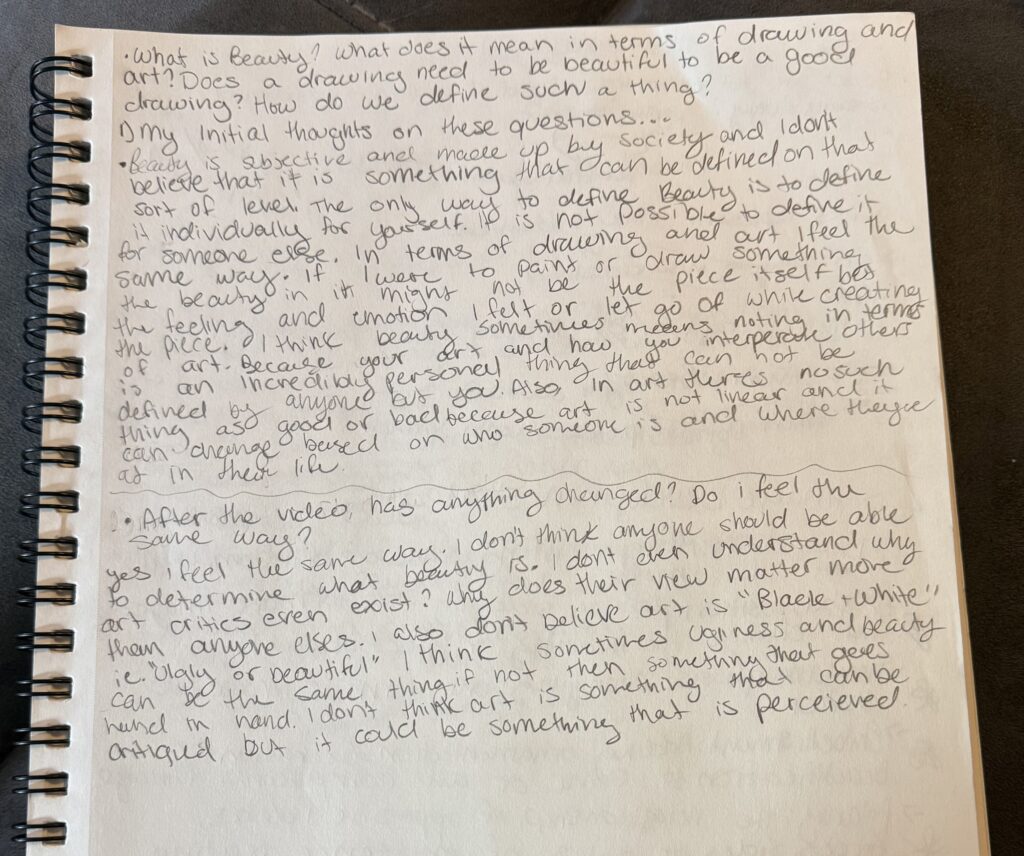
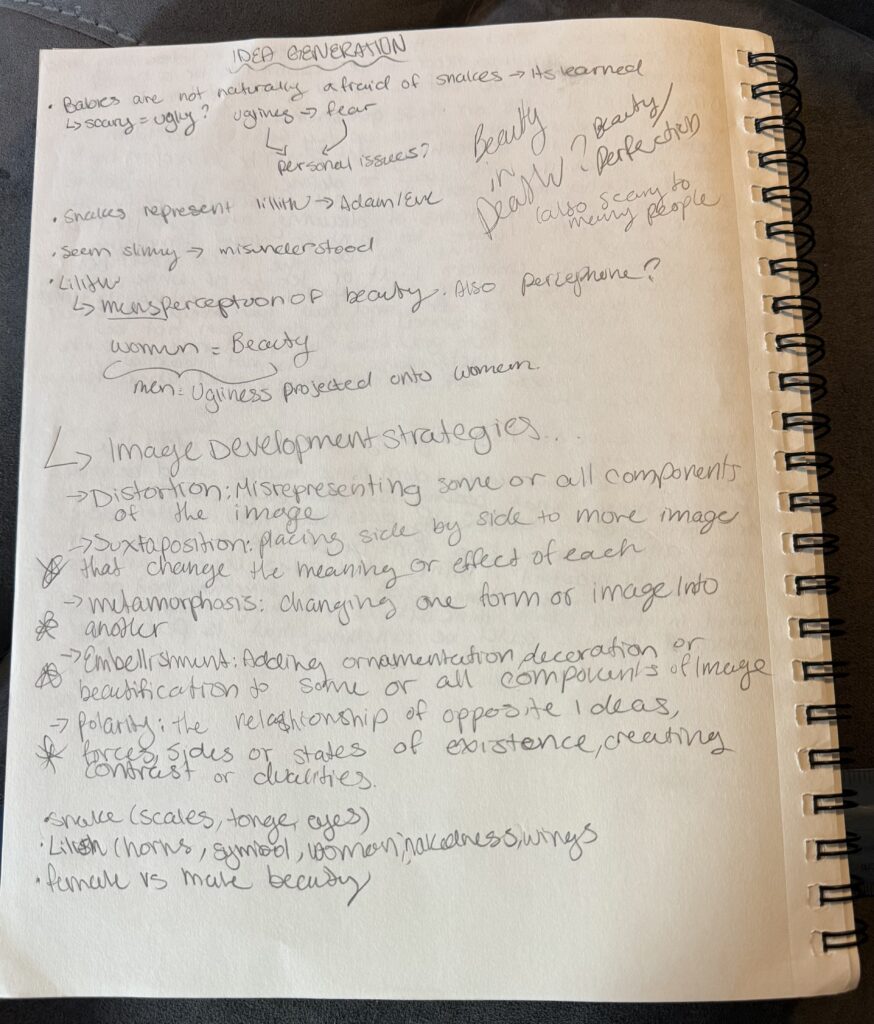
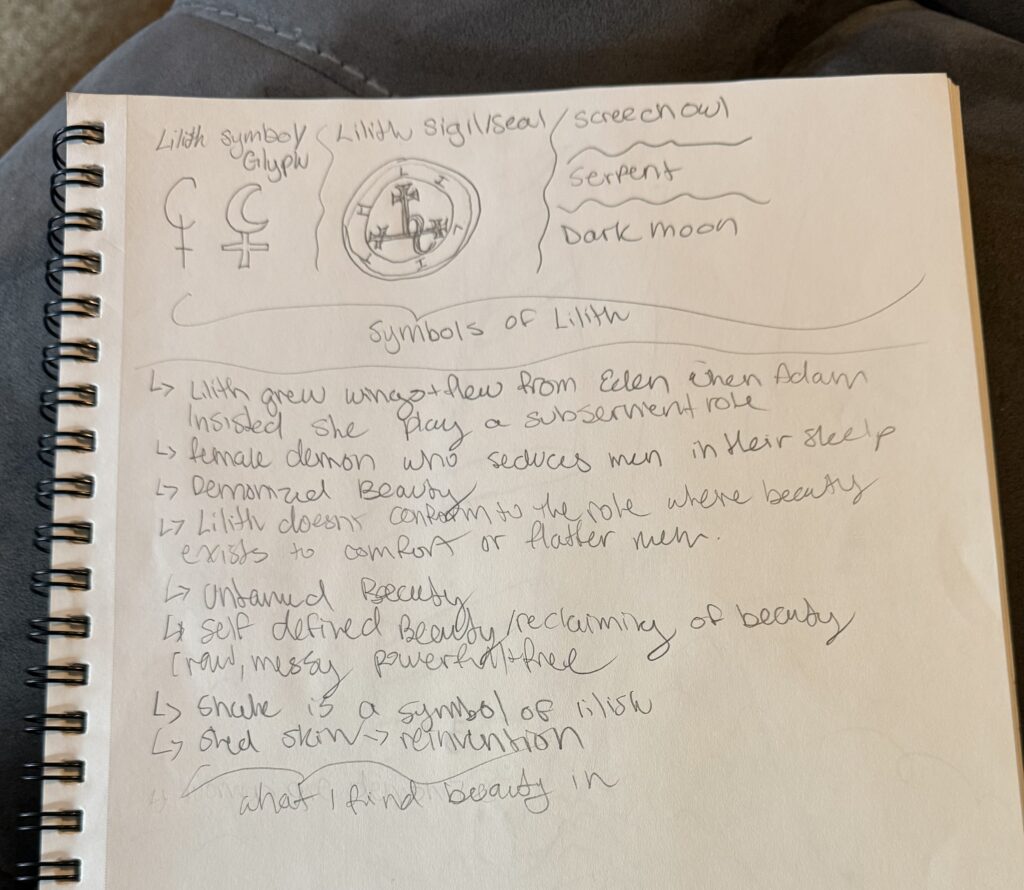
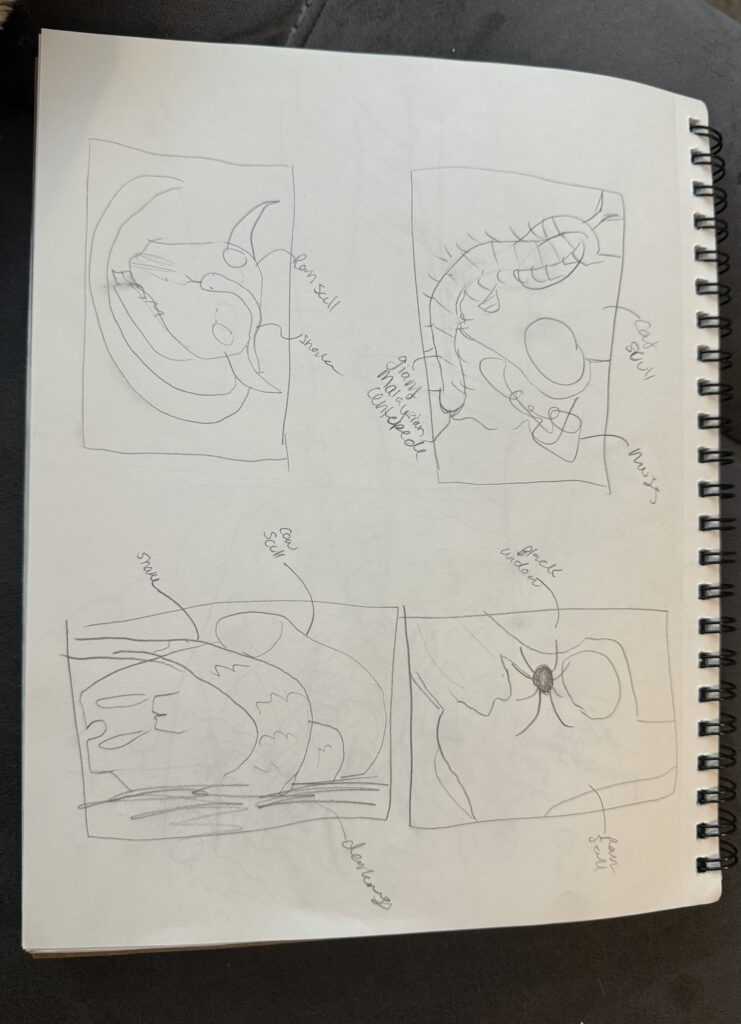
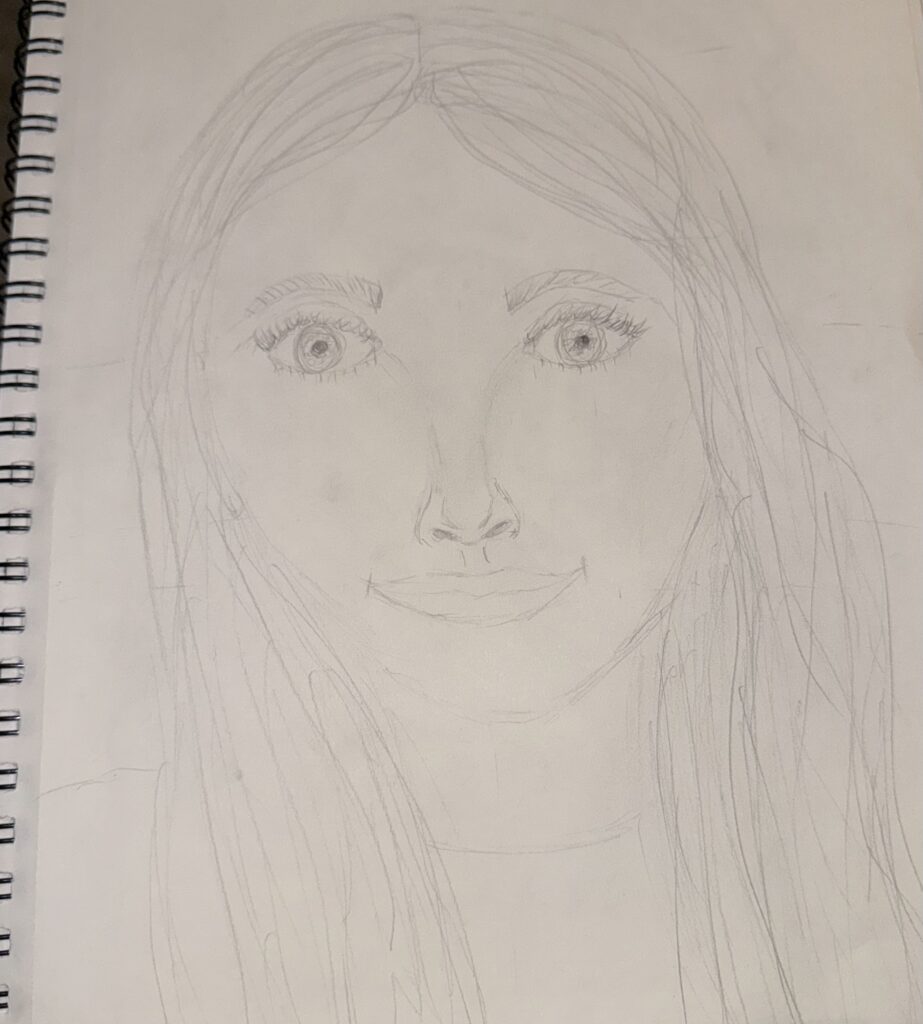
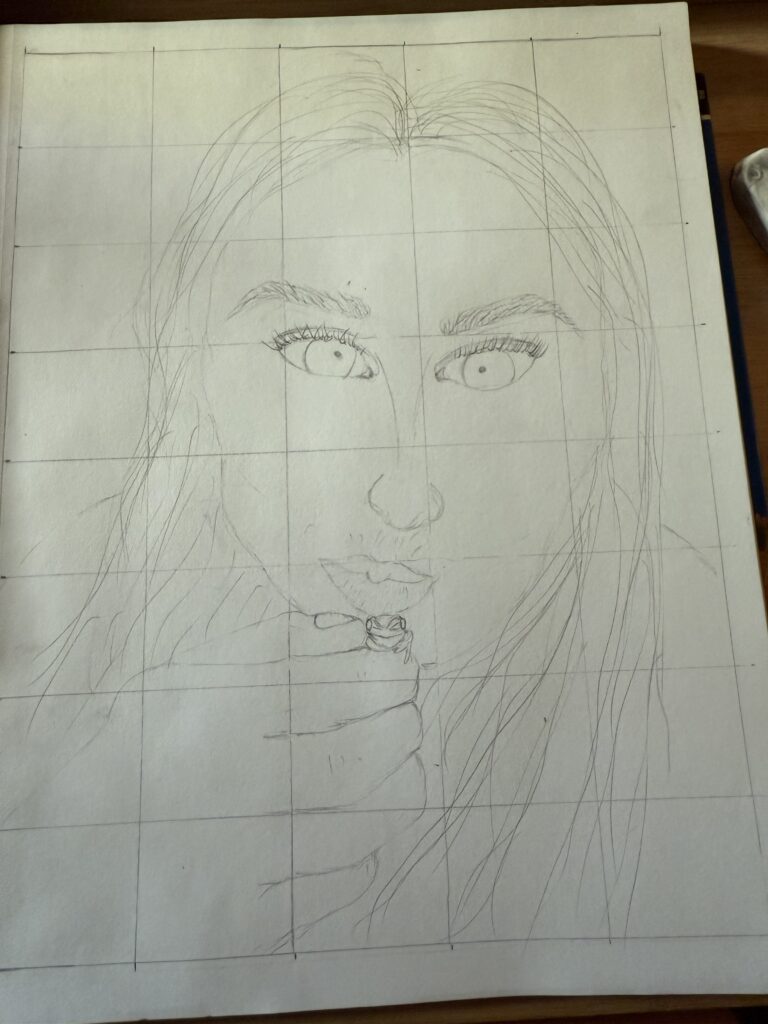
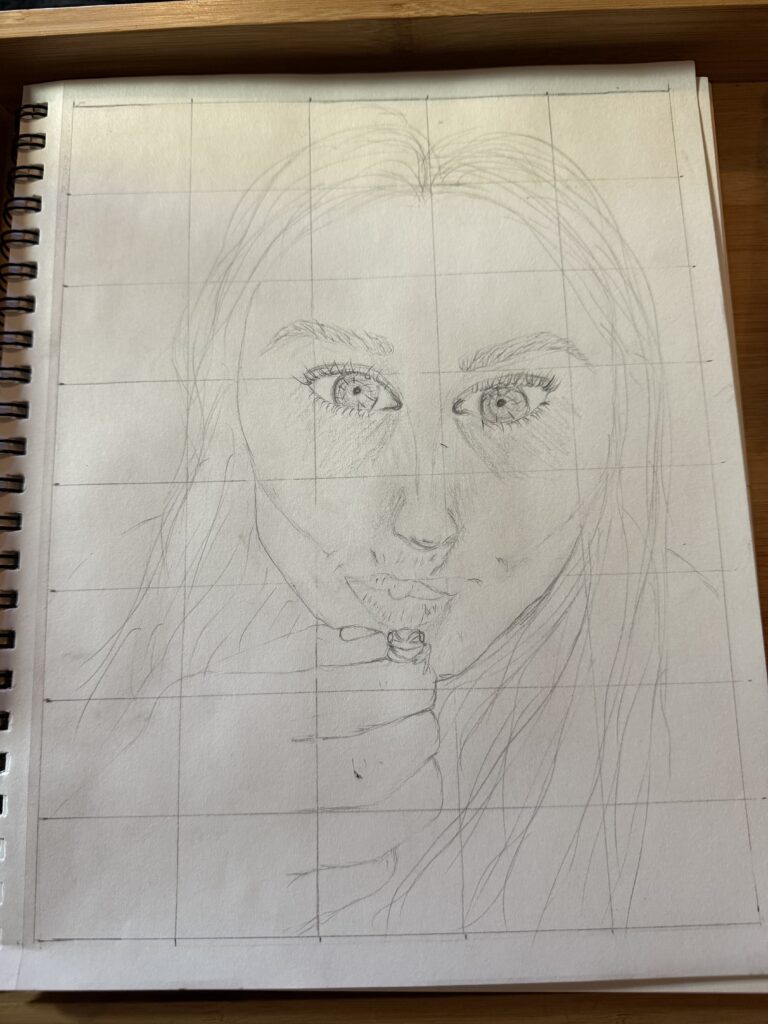
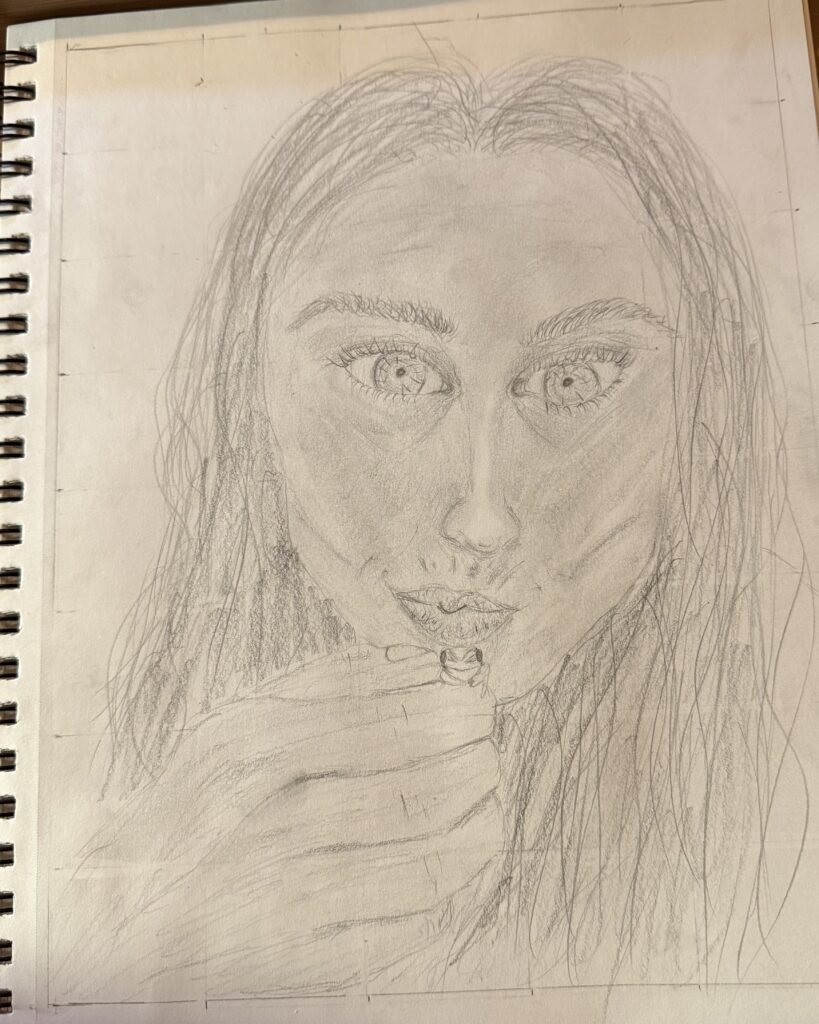
© 2025 Swan Art
Theme by Anders Noren — Up ↑